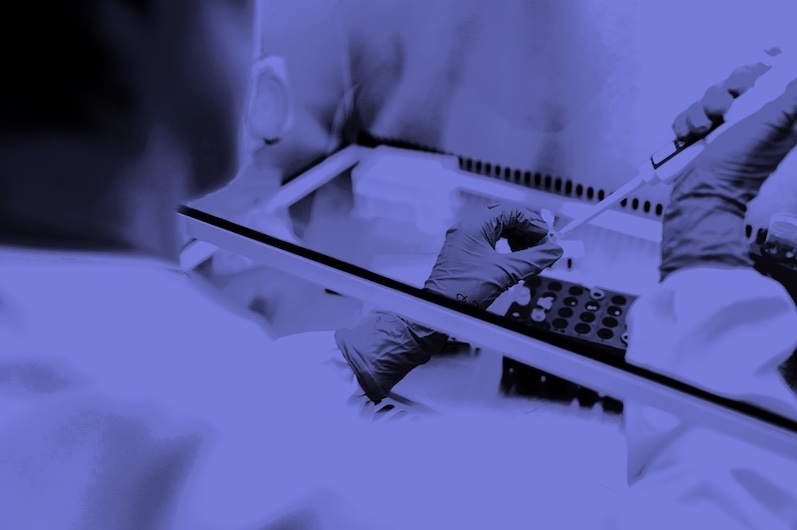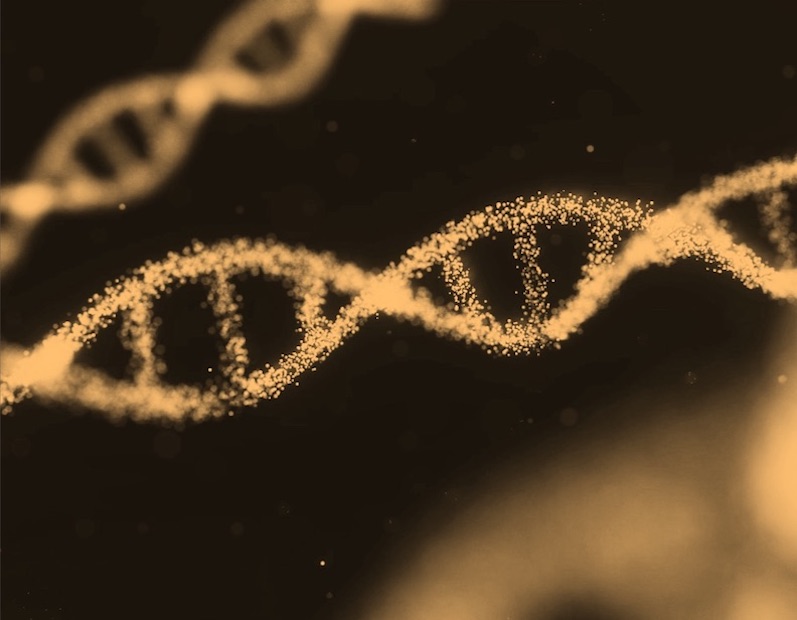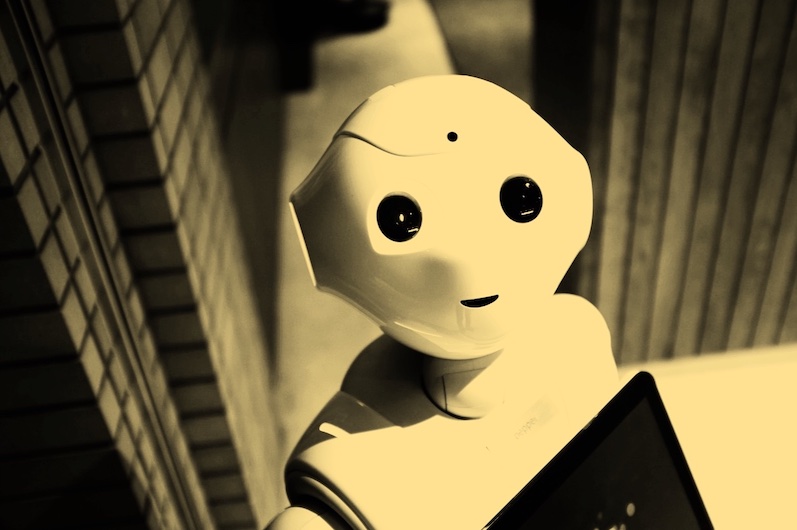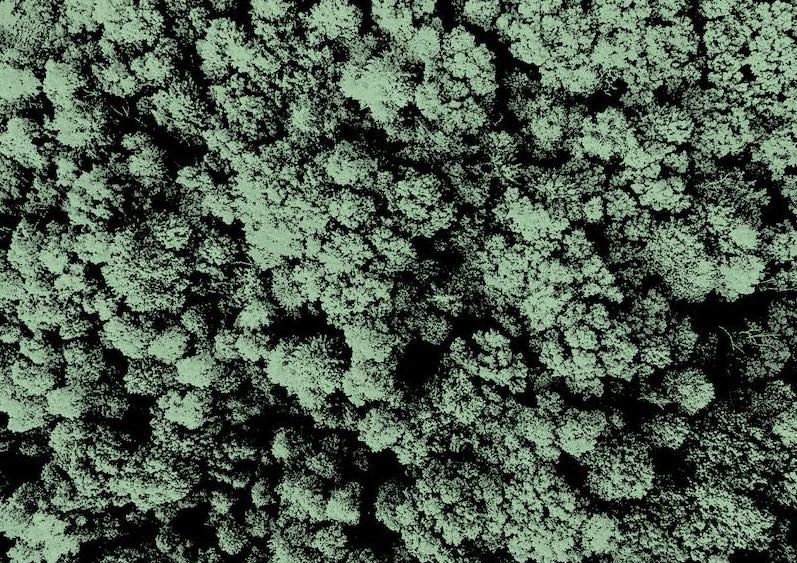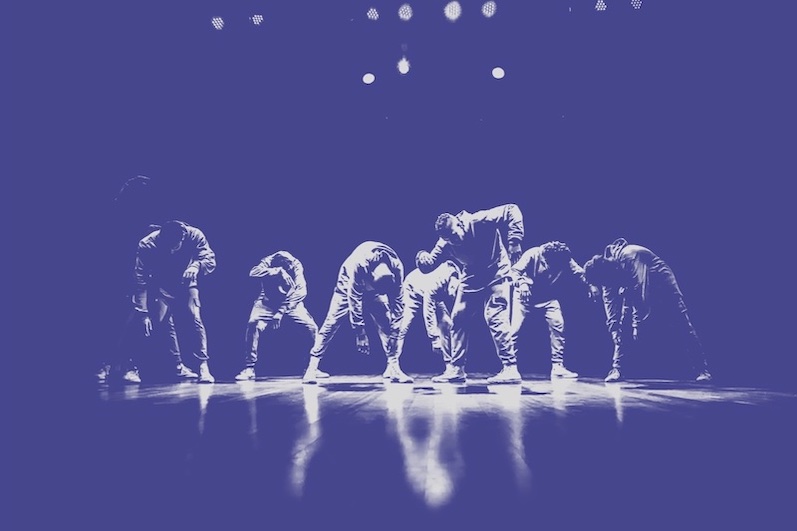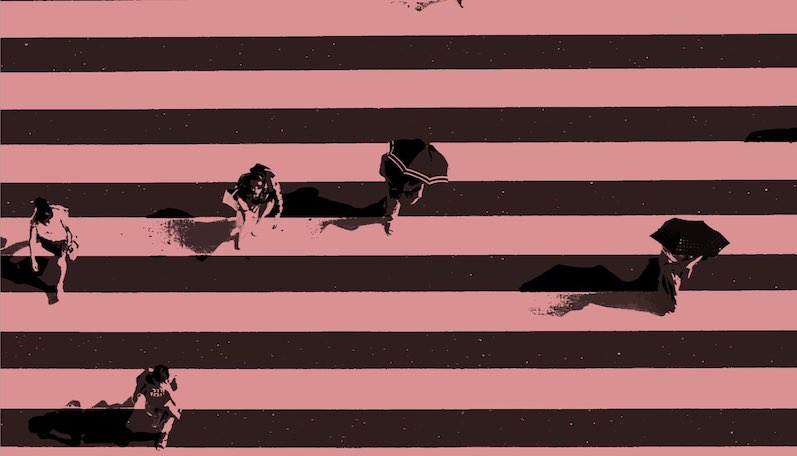What is it about?
This research explores the potential of wearable Mixed Reality (MR) for people with Neuro-Developmental Disorders (NDD). The paper presents HoloLearn, a MR application designed in cooperation with NDD experts and implemented using HoloLens technology. The goal of HoloLearn is to help people with NDD learn how to perform simple everyday tasks in domestic environments and improve autonomy.
Featured Image

Photo by James Yarema on Unsplash
Why is it important?
An original feature of the system is the presence of a virtual assistant devoted to capture the user’s attention and giving her/him hints during task execution in the MR environment. We performed an exploratory study involving 20 subjects with NDD to investigate the acceptability and usability of HoloLearn and its potential as a therapeutic tool. HoloLearn was well-accepted by the participants, and the activities in the MR space were perceived as enjoyable, despite some usability problems associated with HoloLens interaction mechanism. More extensive and long-term empirical research is needed to validate these early results, but our study suggests that HoloLearn could be adopted as a complement to more traditional interventions. Our work, and the lessons we learned, may help designers and developers of future MR applications devoted to people with NDD and to other people with similar needs.
Perspectives
This research was one of the first to apply advanced mixed reality technologies to people with neurodevelopmental disorders. Results are important not only because they show that people with NDD can use this technology but also because they proved that the application is effective in learning very simple daily living tasks.
Francesco Vona
Hochschule Hamm-Lippstadt
Read the Original
This page is a summary of: HoloLearn, October 2018, ACM (Association for Computing Machinery),
DOI: 10.1145/3234695.3236351.
You can read the full text:
Contributors
The following have contributed to this page
